Nature is a master teacher.
I remember it was my first-weekend retreat as a seminarian seven years ago.
Our seminary traveled to Cleveland at a retreat house with acres of woods, ponds, and trails. Of course, I had the basic questions in my head that all of us encounter in some way or another when we embark on something new in our lives.
These questions were: “Is this really for me?” “Did I make the right decision?” “What if it doesn’t work out?”
Even though I had yet to embark on the adventure of seminary, I knew that the answers to my questions would take time.
I decided not to pray in the chapel on the first evening of the retreat and just sit in silence a few yards into the woods during sunset. I had the Bible with me and was reading through the Gospel of John - which the retreat director had us do during the retreat.
I remember after about half an hour getting up from my seat and just walking over the crest of the hill to look for some deer. I noticed a tree that had been cut down years before - a perfectly straight cut. The base of the tree was enormous.
I thought, “Well, how old is this tree?” It’s amazing what wonder and awe can do to anxieties about the future - they dissipate, evaporate, and disappear. Every person who appreciates nature knows exactly what I am talking about.
I counted the rings on the tree - the number went well past 150 years. I thought about how this tree was standing during The Civil War, World War I, The Great Depression, World War II, landing on the moon in 1969, and so many more pivotal moments in both American and World history.
Then, something struck me that has changed the way I approached seminary and now the priesthood ever since.
The tree barely grew in width during its first 6 years. After the 6th year, it exploded in width. You could tell by the distance between each ring.
“Well, why didn’t the tree grow much in width during the first 6 years?” I asked myself. I thought about that question throughout the retreat.
There’s only one logical answer - the tree put its energy into its roots during those early years. It was grounded and rooted. Its most impressive work occurred below the soil - in the quiet, in the depths, in the darkness, and in the silence.
I looked at that tree trunk and saw its first six years. I knew at the time that seminary would be roughly six years for me. Also, the word seminarian [seminarius] means seed. That massive tree was once just a small seed.
I haven’t forgotten the lesson from that old tree - a seminarian must be rooted before he ever thinks of bearing fruit. The same follows for a priest, the same follows for each of us in our respective vocations.
What has been the most valuable lesson that you’ve learned from nature?
+ Fr. Ben Daghir


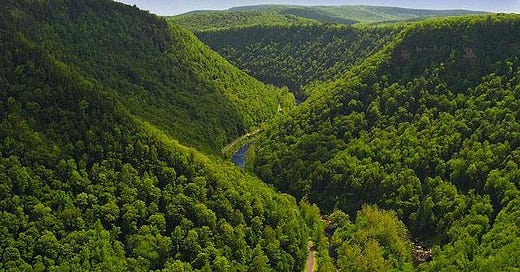



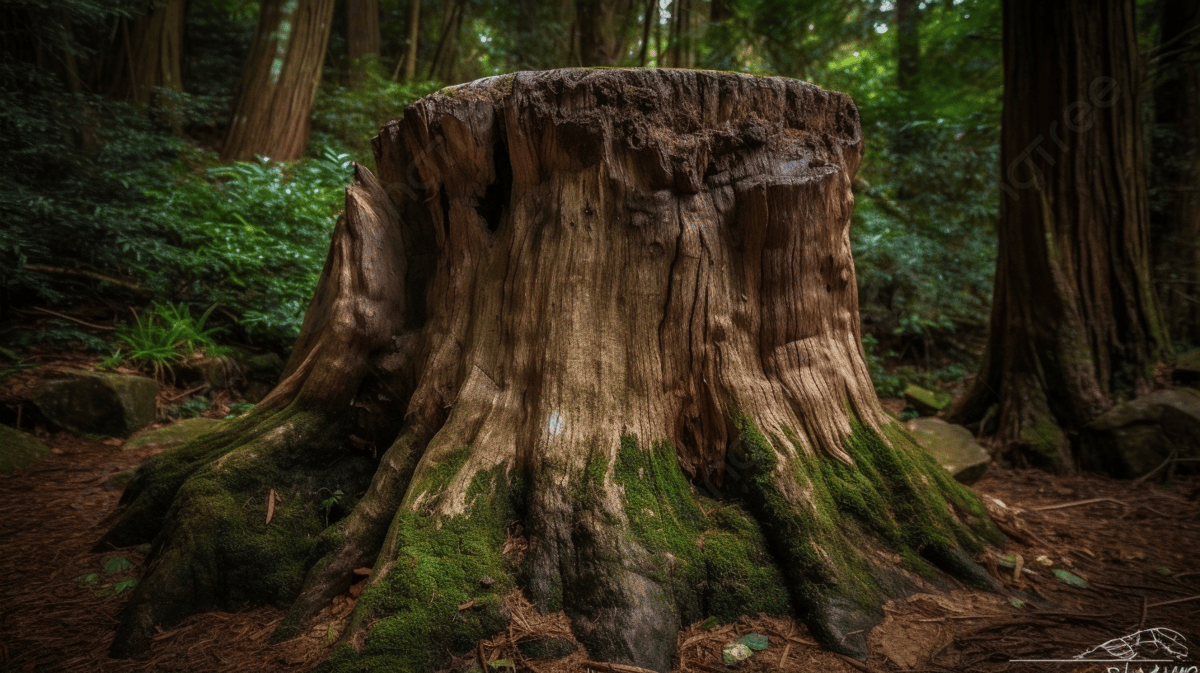
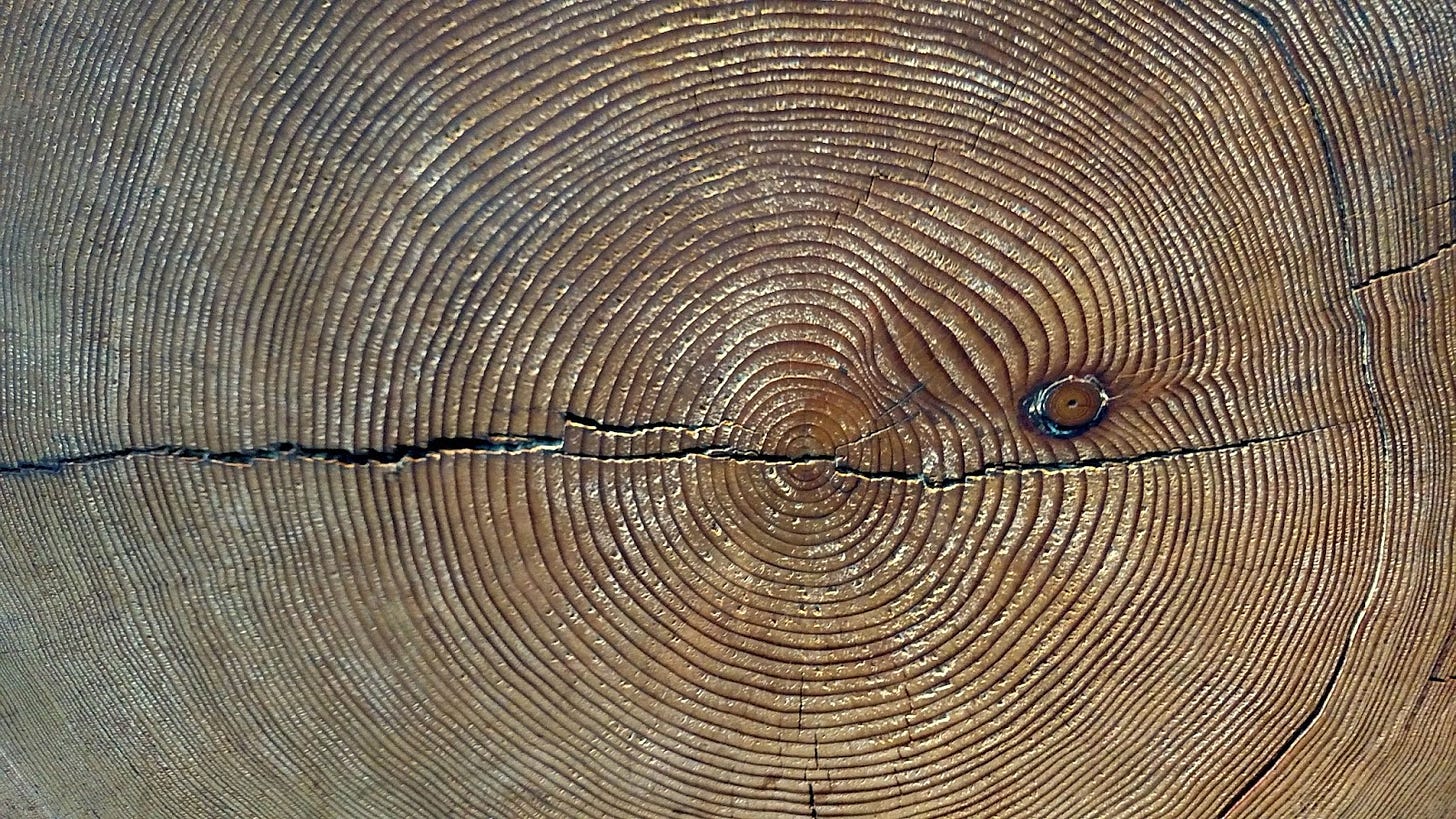
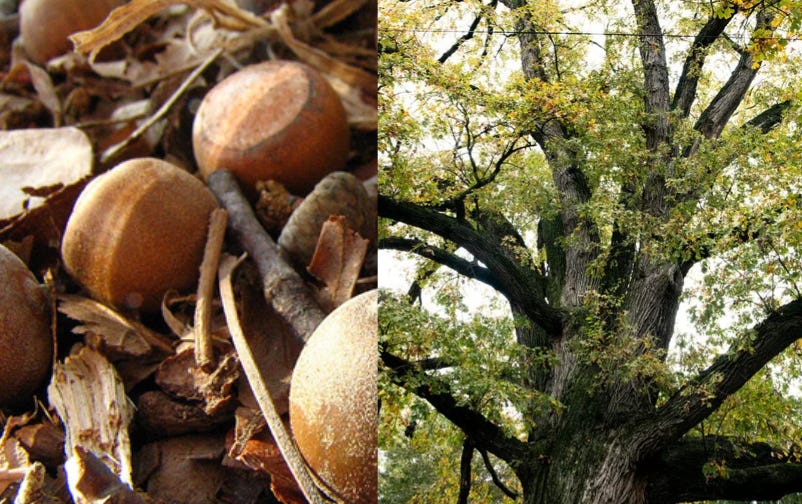
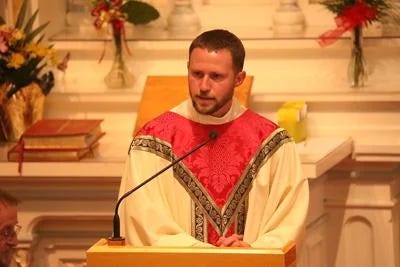
What an awesome article!
Reading your story of the tree stump really gave me a great perspective on my own small journey.
It’s pretty easy to understand that sacrifice can lead to growth, but when I’m in the middle of the struggle, it’s really hard to see the growth. Remembering that unseen growth, the roots, is just as important (maybe more important) and essential as fruitful growth is very encouraging.
Thanks so much for sharing that, Fr Ben!
PS: I once read a book called The Mindful Catholic which actually mentions some science behind the idea you mentioned about curiosity/wonder alleviating anxiety. According to the author, the two emotions share the same neurological pathways, so it is physically impossible to feel both at the same time.